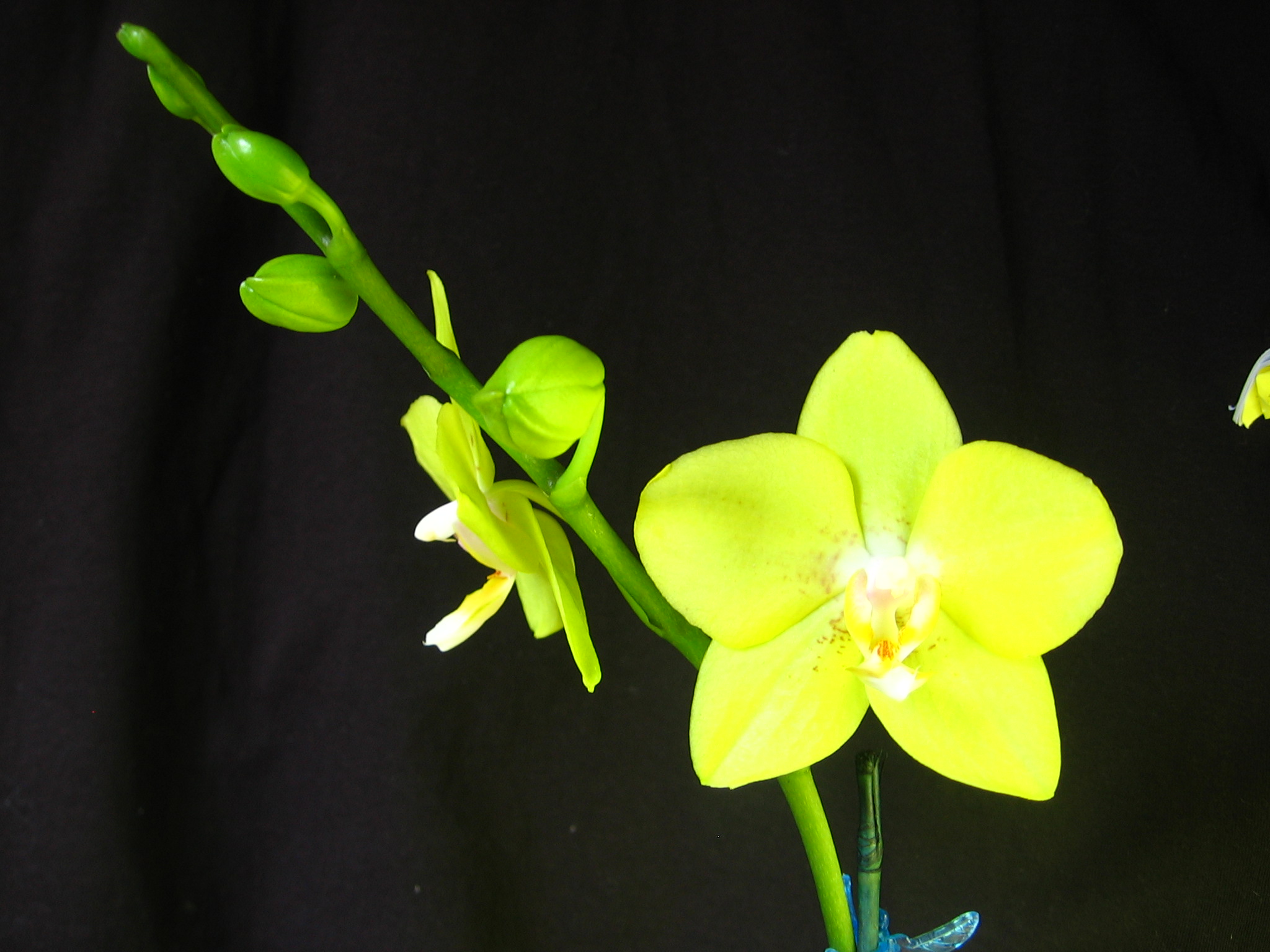Pests and Diseases:
The primary pests of phalaenopsis
orchids are slugs, snails and scale. Wild orchids also are threatened by over
harvesting and poaching by humans. If water is allowed to sit in the center of
the plant it may cause rot and the plant’s leaves will fall off. Phalaenopsis
orchids allow can become infected by viruses and bacteria. If the plant is
exposed to too much stress form the enviroment it will wilt its leaves and
eventually die. Occasionally it will sprout a new growth.
Mycorrihize:
Mycorrihize are symbiotic fungi that are vital to orchid seed germination and
seedling development. In some orchids germination cannot occur without the
presence of mycorrihize. Since orchid seeds are very small the utilize nutrients
from mycorrihize. The fungus penetrates the orchid with mycelium. The mycelium
forms dense coils inside the plant’s cells that are rich in proteins, glycogen
and fat. These coils are then digested by the plant for food. Certain fungi will
release their cytoplasm into the plant cell to be digested. It is thought that
the mycorrihize receives vitamins from the orchid. The orchid keeps the fungus
in a delicate balance. If the fungus grows to fast it will kill the young plant
but, if the orchid kills the mycorrihize it will die from lack of nutrition.
Unlike most other plants, mature orchids are less dependent, if at all, on
mycorrihize. However, species like Epipogium aphylla are not
photosynthetic and rely on fungi for all of their nutrients. What, not all
plants are photosynthetic? Check out some more heterotrophic plants on Tom
Volk's website, Fungus of the Month, October 2002 (tomvolkfungi.net)


